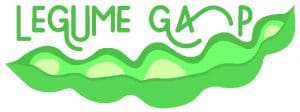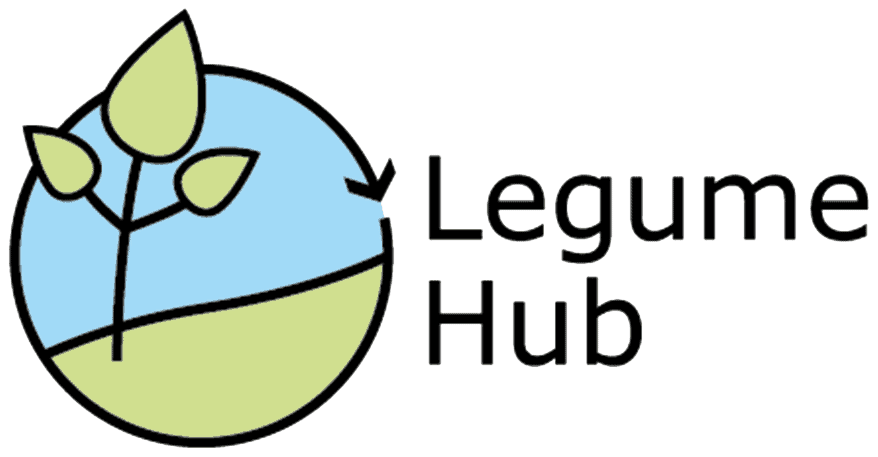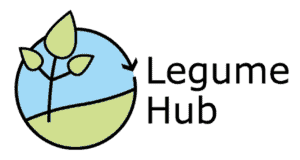LegumeGap
The LegumeGap project contributes to food and nutritional security by identifying the potential contribution of new cultivars, optimal management practices, and farmers’ knowledge in closing the yield and protein gaps, reducing the observed yield variability and EU-level protein shortfall, and optimizing the environmental performance of legume production in Europe. The focus is on two key representative legumes: faba bean and soya bean, due to their growing popularity, broad adaptability and high protein concentration in the seeds.
Project duration: 2019 to 2022

Project consortium
The project is coordinated by Prof Frederick Stoddard, University of Helsinki. The partners are:
-
Prof Sonoko Bellingrath-Kimura
Humboldt University of Berlin, Faculty of Life Sciences, Germany -
Dr Johann Bachinger
Leibniz Centre for Agricultural Landscape Research (ZALF), Research Area 2; Land Use and Governance, Germany -
Dr Sylwia Lewandowska
Wrocław University of Environmental and Life Sciences, Faculty of Life Sciences and Technology, Department of Genetics, Plant Breeding and Seed Production, Poland -
Prof Ina Alsiņa
Latvia University of Life Sciences and Technologies (Latvia University of Agriculture), Institute of Soil and Plant Sciences, Lettland -
Prof Christine Watson
Scotland’s Rural College (SRUC), Crop & Soil Systems Research Group, United Kingdom -
Dr Etienne-Pascal Journet
INRA, Environment and Agronomy, France -
Dr Nynke Schulp
Vrije Universiteit Amsterdam, Environmental Geography Group, Institute for Environmental Studies, Netherlands -
Dr Daniel Plaza-Bonilla
University of Lleida, Crop and Forest Sciences, Spain -
Mr Sébastien Chatre
RAGT SEMENCES, RAGT2n, Research and Development, France
Project description
The potential of legumes to simultaneously contribute to several production, environmental, and nutritional objectives, is well known by science and policy. Legumes contribute to increased European protein self-sufficiency, diversification of cropping systems and farm businesses, reduction in fertilizer and pesticide use and greenhouse gas (GHG) emissions, enhancement of sustainable diets, and prevention of land degradation and biodiversity loss. Despite these widely recognized benefits, grain legume production in Europe is still low, partly due to inadequate investment in breeding, sub-optimal management practices, and gaps in farmers’ knowledge.
The LegumeGap project addresses these factors as it employs a systems approach, where biophysical and socio-economic limitations, opportunities, and their interaction are taken into account. The innovative combination of different methodological approaches, including modelling, field experiments, a large scale farmer survey, and data analysis, will allow us to deliver more than their individual parts and to identify and recommend ways by which the potential of these two crops can be maximised.
Ten partners from eight countries make use of their expertise in modelling, breeding, soil science, agronomy, geography and socio-economics to achieve in an interdisciplinary manner the objectives outlined below:
- Estimate via modelling the yield potential of the two grain legumes and the environmental effects under different climatic, cultivar, and management assumptions, in a variety of EU sites and upscaled to the EU level.
- Analyse the potential of cultivars, via characterization of faba and soya bean germplasm across Europe and experiments on soya bean cultivar adaptability in central European and dry Mediterranean conditions.
- Develop optimal management practices, based on literature, unpublished long-term experiments, and new on-station and on-farm field experiments using sensors and modern Information and Communications Technology (ICT) for non-destructive sampling and high spatio-temporal resolution.
- Analyse the components and underlying factors of the legume yield gap, such as climate, cultivars, management, and knowledge, in order to propose appropriate interventions to close the gaps.
- Conduct a large-scale farmer survey in eight European countries to explore, for the first time, the influence of farmers’ knowledge on yield gaps.
- Evaluate the potential and trade-offs of legume production at the field and EU scales, considering socio-economic and environmental aspects.
- Maximize the outreach and valorization of project outputs via robust management of all project data and effective communication and dissemination.
The innovation of LegumeGap lies in its synergistic methodological integration and its detailed focus on the breeding, management, and knowledge innovation gaps of the two most productive grain legumes, faba bean and soya bean. By covering all of the main European agroclimatic regions, as well as the pan-European level, LegumeGap will reveal environmental and socio-economic opportunities and constraints for enhancing the potential of grain legume production across Europe and point towards novel measures for resilient, legume-supported cropping systems, contributing to sustainable intensification under the challenge of global change.
Acknowledgements
Legume Gap has received funding from the European Union’s Horizon 2020 research and innnovation programme under grant agreement No. 771134.


